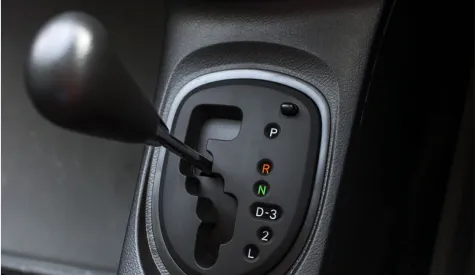Make Sure Vehicle Inspections Are Part of Your Workplace Safety Plan

Driving safety is a significant consideration for many companies, especially when it comes to complying with FMCSA (Federal Motor Carrier Safety Administration) or Department of Transportation regulations. Today’s blog post looks at an important area of concern for any organization that has employee drivers and company vehicles — the pre- and post-trip truck inspection.
The owner of the truck is responsible for a thorough, annual inspection, but federal and state law places the responsibility of performing pre- and post-trip inspections on the driver (see FMCSA Part 396). That includes maintaining an ongoing awareness of the vehicle’s operating condition throughout the trip as well. State and federal laws forbid operating a vehicle that is in an unsafe condition. If a company driver is pulled over by a state or federal official and found to be operating a vehicle that is unsafe, he or she will not be able to go any further with that truck until all necessary repairs are made.
THE ART OF THE SEVEN-STEP, PRE-TRIP INSPECTION
By far, the most common routine that truckers use to keep their vehicles on track is the seven-step pre-trip inspection. These steps, and just a few of the things to consider for each one, include:
- The Vehicle Overview – Take a close look at the vehicle as well as the environment with questions such as “Does the truck lean to one side?” “Is there an oil, coolant, or fuel leak underneath?” “Is the truck’s path free of obstacles such as other vehicles, posts, low-hanging wires, or tree limbs?” “Is the area around the truck clear of pedestrians?”
- Checking the Engine Compartment – Items to review include fluid levels, hose integrity, cracks or excessive wear on parts, belt tightness, battery terminals corrosion.
- Inspecting Inside the Cab – Warning lights, unusual noises, gauges indicating abnormal ranges, looseness or damaged controls; all should be noted and addressed prior to setting out.
- Checking the Lights – ALL the lights need a look: low beams, high beams, four-way flashers, parking, clearance, side-marker, and identification lights.
- Conducting a Walk-around Inspection – From clean windows to functioning door locks to tires to leaks to fuel tank lines, make this a thorough walk-around.
- Checking the Signal Lights – Turn signals and brake lights, all in working order.
- Checking the Brake System – Test those hydraulic brakes, parking brake, and the test service brake.
Keep in mind that specific policies vary from company to company as to the parts of a truck that can and cannot be inspected by the driver. Drivers should check with their supervisor for their company’s requirements.
DRIVER SAFETY COURSES FROM SUMMIT
In addition to vehicle inspection training, Summit Training Source offers a whole suite of driver courses to help you stay safe and in compliance, including:
Decision Driving
Decision Driving® covers the importance of a positive approach to safe driving and how to expand your field of vision on the road. Also included are skills for planning an escape route in the event of an accident ahead, and how to take safe, but decisive action behind the wheel. Course is available in Spanish and French.
Driver Awareness: 15-Passenger Van Safety
With over 11 interactions in multiple lessons, this attention-getting program will help keep your drivers and their passengers safe while on the road. While this training program focuses on 15-passenger vans, the safety information also applies to 12-passenger vans. This course covers:
- Techniques for driving a 15-passenger van
- Safety steps to take before beginning any trip with a 15-passenger van
- Driver safety
- Passenger safety
Learn more about all our driver courses here.


